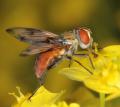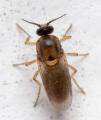Diptera.info :: Family forums :: Asilidae Forum
|
Stenopogon elongatus or S. junceus ♂? => S. junceus
|
|
| Armen Seropian |
Posted on 08-08-2019 17:38
|
|
Member Location: Georgia, Tbilisi Posts: 391 Joined: 21.03.16 |
Georgia, Tbilisi, 07.VIII.2019. According to Richter (1968) "Asilidae of Caucasus", S. elongatus has red palpi, while S. junceus has black ones. And on the contary, the key given in Van den Broek et al (2017). "Stenopogon heteroneurus (Macquart, 1838), a new species of the genus Stenopogon Loew, 1847 for the Iberian Peninsula and Europe (Diptera: Brachycera: Asilidae)" says S. elongatus has black palpi, while S. junceus has the red ones. I'm a bit confused. Can experts determine the species given on the photo below? (click the link to view the high resolution pic). Or maybe it's even Stenopogon obliteratus, known from Tbilisi (Richter (1968)) http://www.picz.g...553642.jpg Armen Seropian attached the following image: 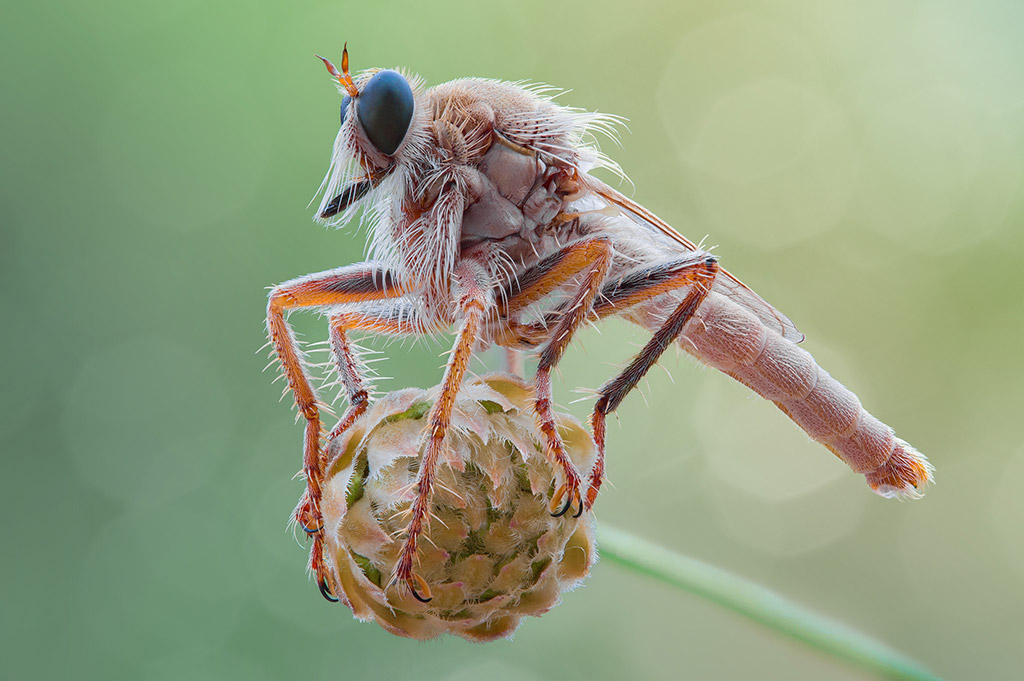 [155.38Kb] Edited by Armen Seropian on 10-08-2019 18:03 |
|
|
|
| Armen Seropian |
Posted on 08-08-2019 18:49
|
|
Member Location: Georgia, Tbilisi Posts: 391 Joined: 21.03.16 |
Ok, here's the pic of the wing - r5 and m3 open, so it's not S. elongatus according to Van den Broek et al (2017) (m3 should be closed and stalcked).
Armen Seropian attached the following image: 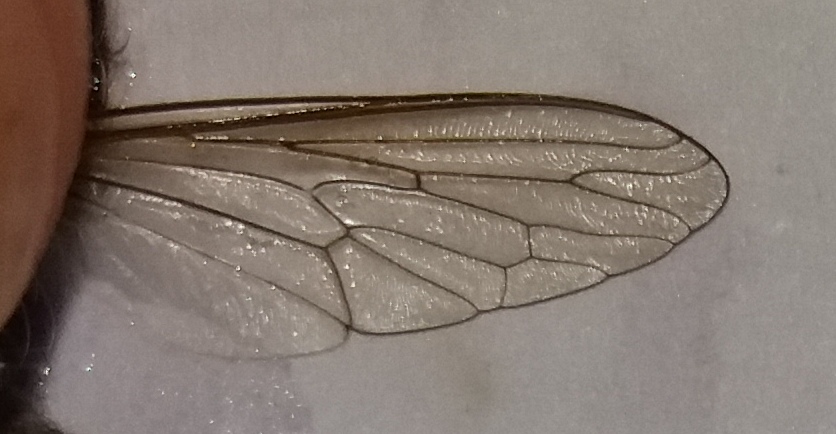 [129.59Kb] Edited by Armen Seropian on 08-08-2019 19:01 |
|
|
|
| Piluca_Alvarez |
Posted on 09-08-2019 15:35
|
|
Member Location: Madrid, Spain Posts: 2431 Joined: 06.11.10 |
Hi, Armen  No wonder you get confused. There are mistakes in the literature all over the place. It took us ages to put the correct pieces of the puzzle together. But you can trust the key on van den Broek & Álvarez Fidalgo (2017). The illustrated S. junceus is the holotype, and has reddish palpi and open m3. The S. elongatus wasn't a type specimen but came for an area where S. elongatus is present for sure. It was IDed by M. Hradsky and fits the original description very nicely. And beware of the wing illustrations in Séguy (1927). The wing 149 is labeled as junceus and it is heteroneurus. And the wing 150 is labeled as elongatus while it is the real junceus. We seriously doubt that elongatus is present either in France or Spain. All points out to misidentifications using this work. If anybody knows of any confirmed or convincing record of elongatus from France or Spain, we would love to know  Regarding your fly, I cannot tell you something definitive at the moment, but it is NOT elongatus (but you already know that!). Unfortunately, I cannot read Russian and cannot use the key by Richter (1968). Hope Reinoud sees this thread and gives his opinion. He might have got the description translated by now  All in all, it might be S. junceus (what I can see more or less fits, but that the wing veins should be paler). However, this group of species is in a taxonomic mess in Spain, and most likely the situation is similar in the rest of Europe. Edited by Piluca_Alvarez on 09-08-2019 15:38 |
|
|
|
| Armen Seropian |
Posted on 09-08-2019 17:37
|
|
Member Location: Georgia, Tbilisi Posts: 391 Joined: 21.03.16 |
Hi Piluca! Thanks for response and clarifying the situation with descriptions  I'll attach pics of genitalia of the very specimen, hope it'll be enough for species determination. Armen Seropian attached the following image: 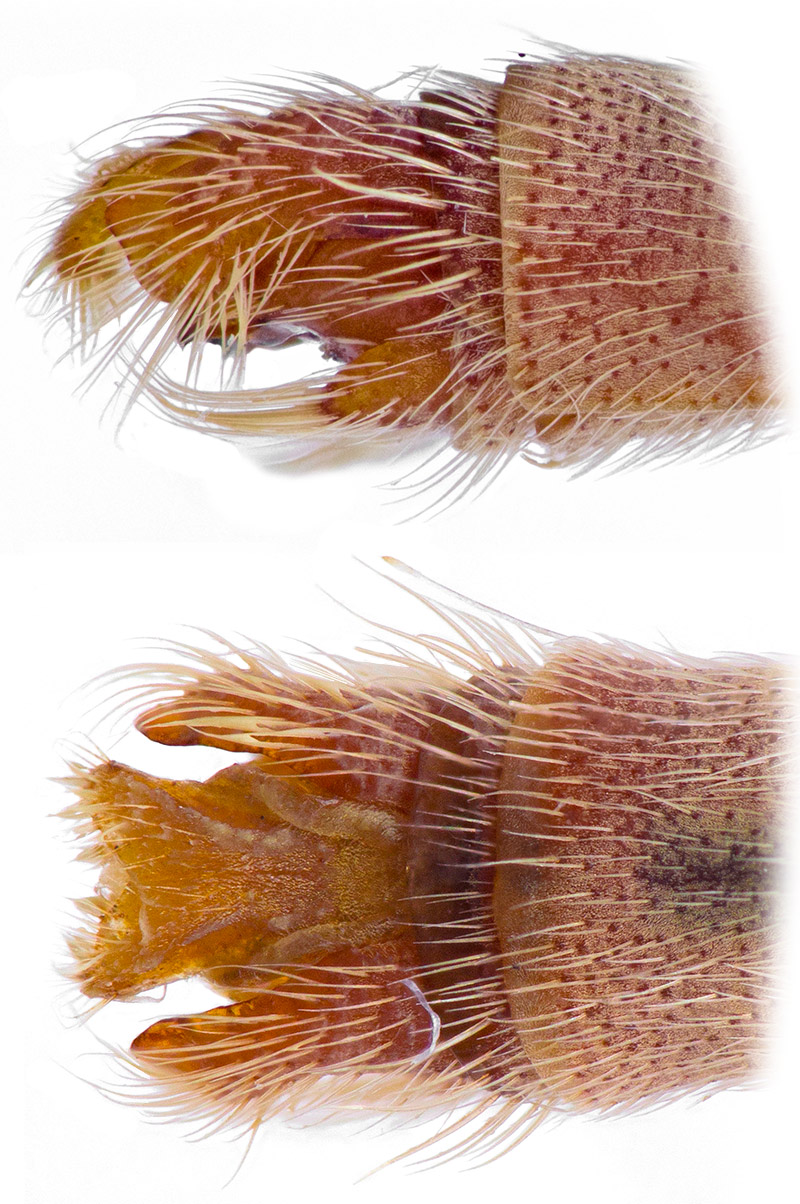 [298.58Kb] Edited by Armen Seropian on 09-08-2019 20:22 |
|
|
|
| Piluca_Alvarez |
Posted on 10-08-2019 14:43
|
|
Member Location: Madrid, Spain Posts: 2431 Joined: 06.11.10 |
Great pictures!!  In my humble opinion, your creature is a lot closer to S. junceus than S. obliteratus  And in fact, that genitalia is very similar to some specimens from the group collected in Spain (junceus/cervinus). Unless there are more species to be considered in your area, I think you can name your creature S. junceus rather safely. At least, till more is known about this group of species. And in fact, that genitalia is very similar to some specimens from the group collected in Spain (junceus/cervinus). Unless there are more species to be considered in your area, I think you can name your creature S. junceus rather safely. At least, till more is known about this group of species. |
|
|
|
| Armen Seropian |
Posted on 10-08-2019 17:27
|
|
Member Location: Georgia, Tbilisi Posts: 391 Joined: 21.03.16 |
Great! Thank you, Piluca!  Could you tell me where I can find S. junceus genitalia drawings? Cause I can't trust Richter's drawing because of the faulse description. |
|
|
|
| Piluca_Alvarez |
Posted on 11-08-2019 12:34
|
|
Member Location: Madrid, Spain Posts: 2431 Joined: 06.11.10 |
Armen, check your Private Messages box, please  |
|
|
|
| Jump to Forum: |





